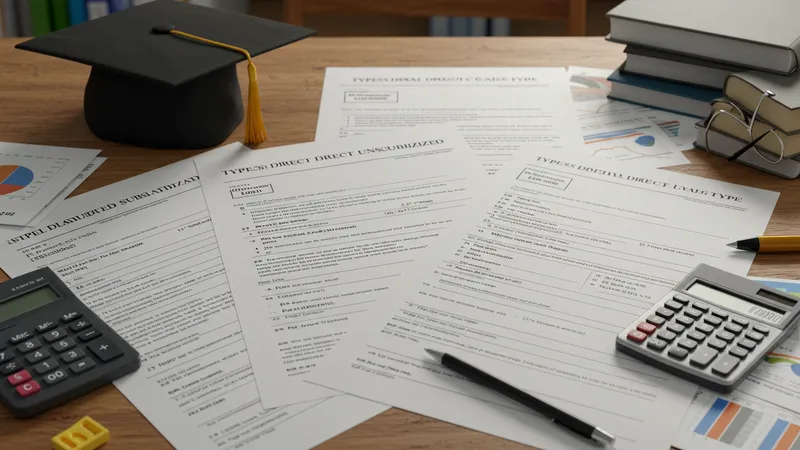
Student Loans: Financing Education For A Brighter Future
Types and Features of Student Loans in the United States
Each student loan product available in the United States is designed with particular features tailored to academic level, borrower background, and financial circumstances. Federal Direct Subsidized Loans, for example, are reserved for undergraduates demonstrating financial need. The U.S. government covers the interest during school and select periods, creating a manageable debt load for students just entering higher education. In contrast, Federal Direct Unsubsidized Loans are accessible to a wider range of students, regardless of need, but interest accumulates as soon as the funds are disbursed.

Private loans, such as those offered by Sallie Mae, Discover, and Ascent, can supplement federal aid. These loans frequently require credit checks and, in many cases, a co-signer. Their underwriting criteria often reflect market conditions, meaning interest rates can fluctuate significantly, especially for variable-rate loans. Some lenders incorporate benefits like cosigner release, autopay discounts, or graduation rewards to attract borrowers.
Navigating the landscape of student loans involves deeper decisions about repayment options. Federal loans come with standardized repayment schedules, income-driven plans, and eligibility for federal forgiveness, which can offer peace of mind to borrowers uncertain about their post-graduation income. In contrast, most private lenders provide less flexibility, but recent years have brought innovations like interest rate matching and career support programs.
Understanding the origination fees, disbursement timelines, and borrower protections is key to making informed choices. For instance, federal loans cap origination fees and post all rates publicly each year, allowing for clear cost comparisons. Private lenders often market themselves with transparent, no-fee structures but may offset this with higher variable interest rates or more stringent credit requirements. These factors can make a crucial difference in the total cost and manageability of post-graduation debt, influencing the academic and financial future of millions of American students.